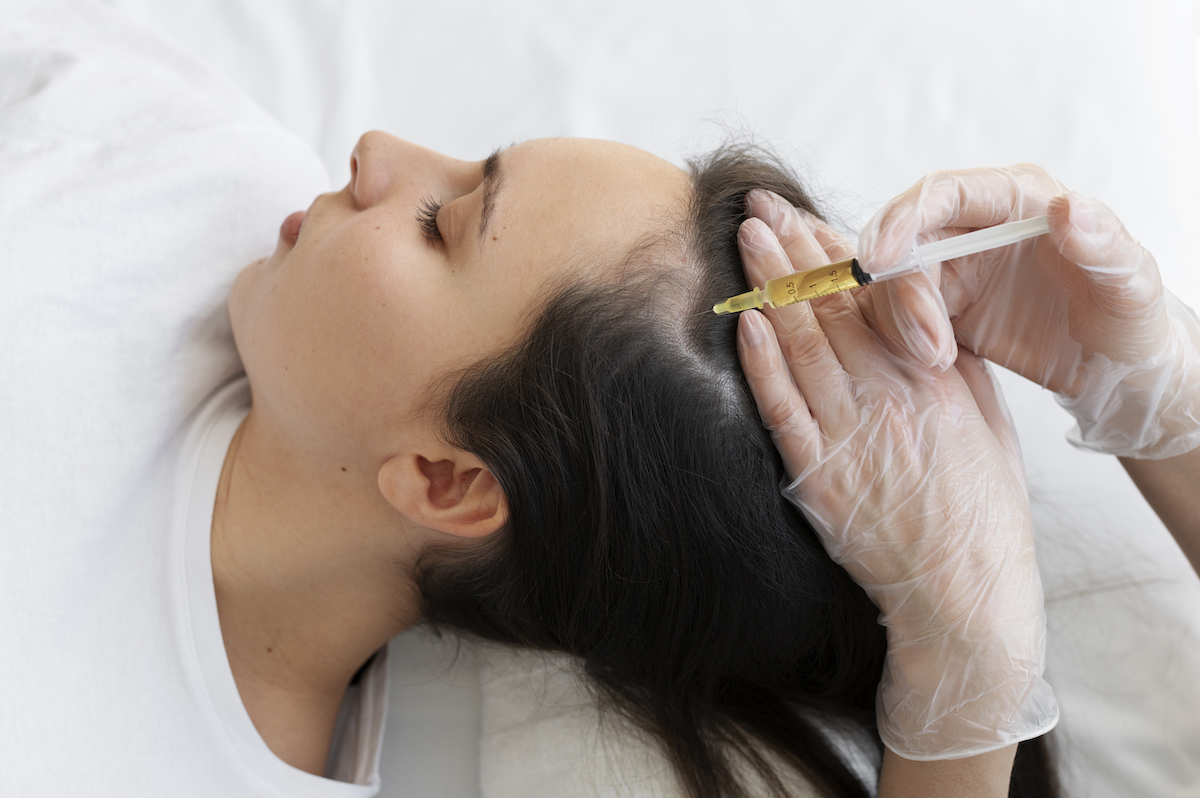What is PRP
The human body has an extraordinary ability to heal itself. Regeneration of new tissue is achieved through the natural production of stem cells. Platelet-rich plasma (PRP) involves the utilization of concentrated platelets rich in bioactive proteins, which release growth factors to stimulate cellular reformation and accelerate tissue repair. PRP was initially used in wound healing, dentistry, and sports injuries, but its use for treatment has now evolved to address aesthetic concerns and physiological dysfunction. PRP is one of the most advanced, effective natural treatments for cellular rejuvenation throughout the body.
HOW DO PRP TREATMENTS WORK?
Your PRP Treatment® begins with a quick, easy blood draw and can be completed within one hour. Your blood is spun in a powerful centrifuge that separates your plasma and platelets from the rest of the blood. The plasma, now highly concentrated with rich platelets, is collected in syringes and injected back into your tissues where desired. The growth factors stimulate stem cells to create new, youthful tissue in areas such as the face, scalp, and breasts, as well as sex organs, muscles, and joints. It’s like turning back the clock; what was old and damaged is repaired and made new. It’s the essence of regenerative medicine, and its beauty is that the PRP procedure uses what your body has produced, so your body will readily accept the treatment without reaction or rejection. PRP Treatments are minimally invasive; typically, patients experience minimal discomfort with no downtime.
ADVANTAGES OF PRP TREATMENTS
Because PRP is extracted from your blood, it alleviates the risk of allergic reactions, rejection, or skin sensitivity. PRP Treatments are quickly becoming one of the most sought-after procedures to address a variety of health and aesthetic issues, including:
- Wrinkled or Sagging Skin
- Frown Lines, Crow’s Feet
- Acne
- Scarring
- Stretch Marks
- Rosacea
- Erectile Dysfunction
- Urinary Incontinence
- Sexual Wellness
- Hair Growth
- Breast Enhancement
Continuous research suggests that as the study of this treatment continues, PRP therapies will likely be able to treat an abundance of other medical conditions in addition to the ones listed above.
